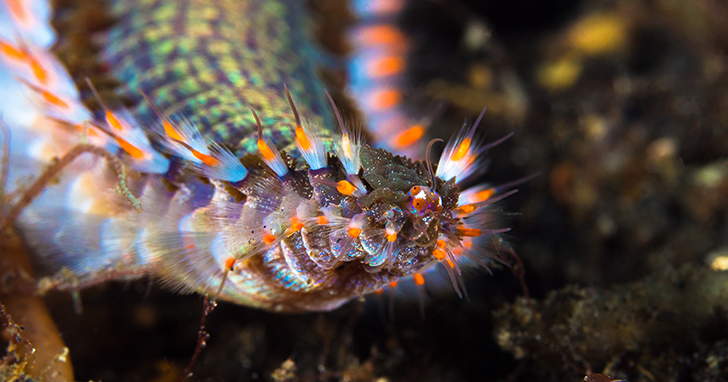
How to Rid Your Saltwater Tank of Bristle WormsWhat are Bristle Worms?
Bristle Worms are small nocturnal hairy segmented worms that often live in the sand and in live rock in saltwater aquariums. They belong to the Polychaete worm family. Red in color, they have tuffs of hair-like filaments between the segments of their bodies. These filaments or bristles are used in defense again predators. Bristle Worms can expand and contract to fit their bodies into small holes or crevices. Usually growing between one to six inches, if conditions for their growth are optimal, they can get as large as twenty-four inches long. Are Bristle Worms bad for your aquarium?
Bristle Worms do have one redeeming quality: they eat detritus, or dead organic matter, in your aquarium. They most often are introduced to aquariums as hitchhikers on live rock that is not quarantined before being added to the aquarium. If Bristle Worms are present in your aquarium, overfeeding your aquatic life and creating additional detritus will allow them to thrive and reproduce. With thousands of different types of Bristle Worms, they are not created equal. Some hobbyists don’t mind some types of Bristle Worms in their aquarium, other hobbyists take immediate steps to remove Bristle Worms from their saltwater aquarium as soon as they are discovered. Are there ‘good’ Bristle Worms and ‘bad’ Bristle Worms?
Some hobbyists do not mind a nominal number of the small, thin gray or pink colored Bristle Worms in their aquarium, as they will eat the dead or dying matter in a saltwater aquarium. These are generally referred to as ‘good’ Bristle Worms. Although some people consider these ‘good’ Bristle Worms, they still want to rid their aquarium of them for a number of reasons: they don’t want them to reproduce, they already have clean up crew to consume detritus in place, or they don’t like the thought of having worms in their aquarium. Although considered ‘good’ Bristle Worms, hobbyists are advised to wear gloves when there’s a possibility of coming in contact with them, because the bristles can sting if touched. These Bristle Worms are usually a dull gray color and have bristles that are clear or white. The Fireworm is an example of a ‘bad’ Bristle Worm. They are carnivorous predators and can create holes in coral or small invertebrates in order to gain access to more of their center matter. They can also attack tankmates with their bristles or jaws. The Fireworm is easily identified, as it has a red body, and its bristles are red along the base and have white feathery bristle tips. What are signs that I may have Bristle Worms in my aquarium?
There are several ways that Bristle Worms make their appearance known. Though they are nocturnal, you make notice them during feeding time even during the day when food is added to the aquarium or when there is a recent tankmate death. You may also observe holes on corals or inverts. An obvious sign is if you notice them on your filter sock or other sponge media. If hobbyists have strayed from routinely scheduled water cleanings and there is plenty of dead matter to eat, conditions are ripe for Bristle Worm growth. How do I look for Bristle Worms in my aquarium?
You can try turning over live rock (with something other than your hand) and see if there are any Bristle Worms adhered to the rock bottom. You can also try stirring the substrate to see if any appear. Since they are nocturnal, you can try searching for them at night. Repeat the steps above after you have turned off the aquarium lighting and then use a flashlight to shine a light into your aquarium. How do I get rid of Bristle Worms?
There are three types of removal that are effective: physical removal, traps, and live predators. Physical removal - Suctioning Bristle Worms with a syringe or bottle can be an effective method of removal. You could also remove them with tweezers. Some hobbyists place the live rock from their aquarium in dechlorinated water. This should cause the Bristle Worms to be released from the rocks and fall to the bottom of the bucket or receptacle. Another method may be to use a scoop or a gravel vacuum. Be sure to wear gloves during any of these processes to prevent the bristles from contacting your skin. These bristles can enter your skin and remain there like a splinter. Traps - A second method of removal of unwanted Bristle Worms is with the use of a live trap. Whether purchased or made at home, they involve luring them into a container with bait (dead matter) and not providing an exit. There are many resources on-line with instructions, but care must be taken to use only marine-safe materials. Live predators - A third method of removal is with the use of aquatic life that feeds on Bristle Worms. What eats Bristle Worms?
There are many fish and invertebrates that eat Bristle Worms. A few are mentioned below. 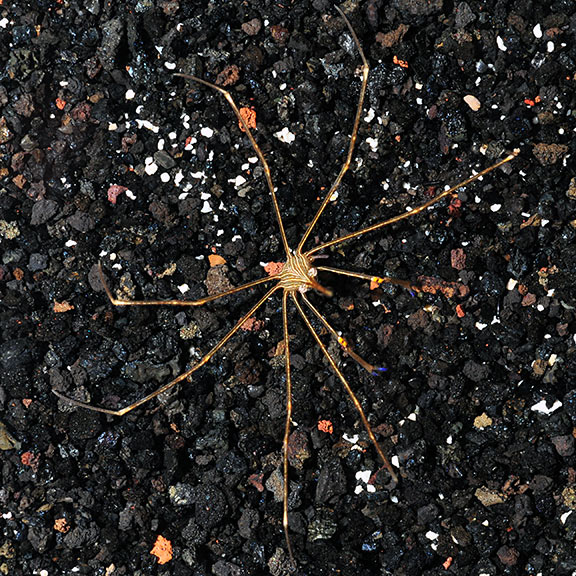
Arrow Crab (Stenorhynchus seticornis) 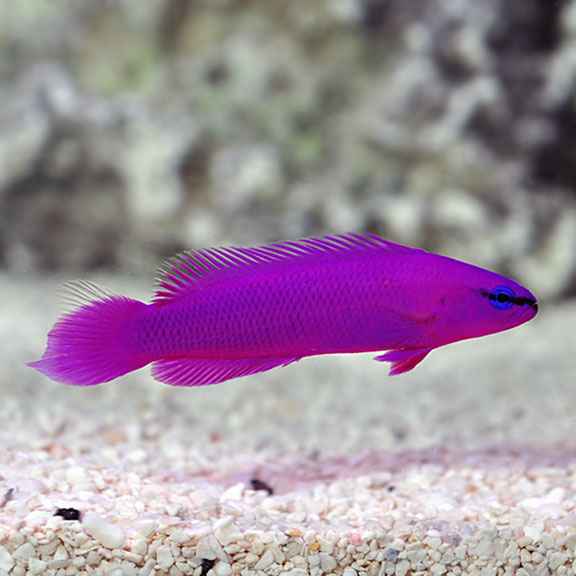
Orchid Dottyback (Pseudochromis fridmani) 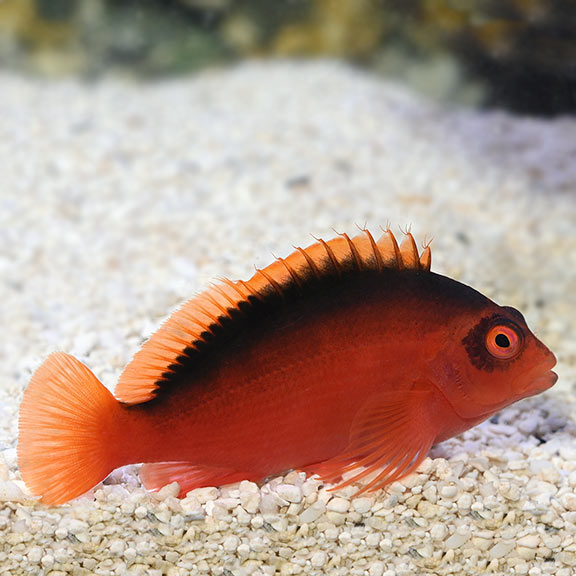
Flame Hawkfish (Neocirrhites armatus) 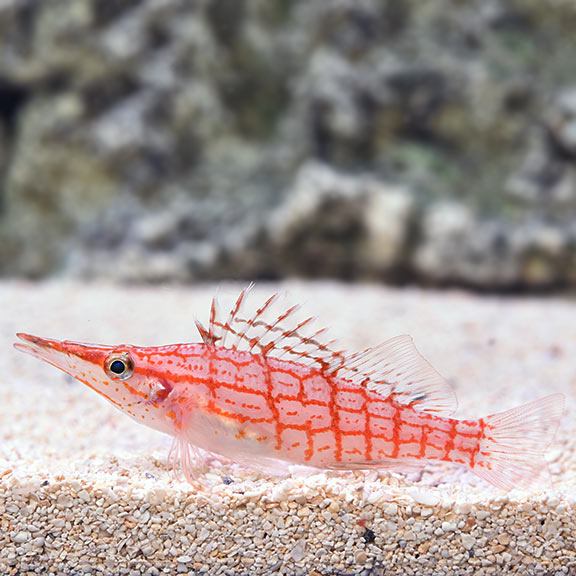
Longnose Hawkfish (Oxycirrhites typus) They like to perch on and be camouflaged by the Red Gorgonian Sea Fan or other similar décor in the aquarium. 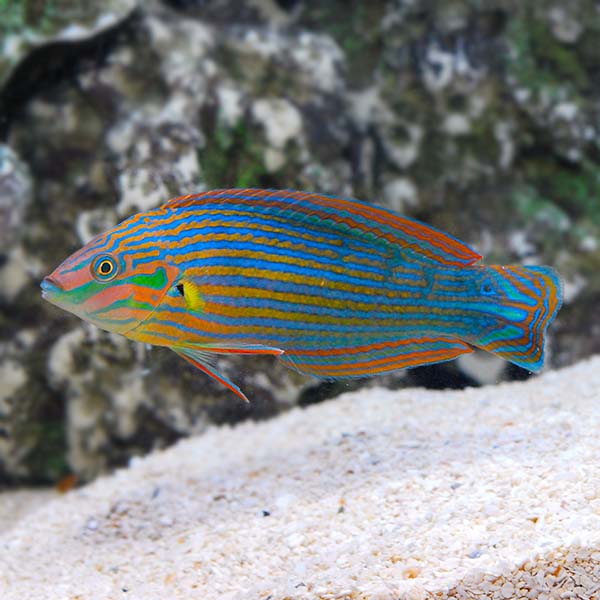
Melanurus Wrasse (Halichoeres melanurus) The Melanurus Wrasse protects corals and clams by seeking out and eating Fireworms, among other harmful flatworms. It is also considered a Cleaner Fish, as it may eat parasites off of tank mates. 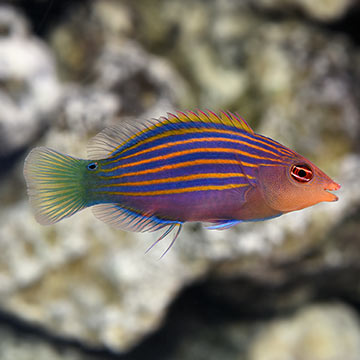
Six Line Wrasse (Pseudocheilinus hexataenia) It forages amongst corals and rocks for food and needs a generous supply of hiding places and live rock on which it can forage for food such as Bristle Worms. 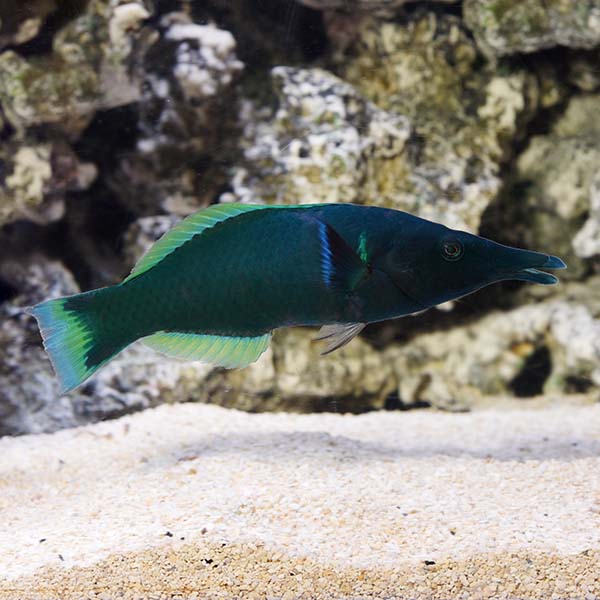
Bird Wrasse (Gomphosus varius) A 125 gallon or larger aquarium with large amounts of live rock which furnishes food and hiding places provides a good environment. Because the Bird Wrasse is a jumper, a tight-fitting lid on the aquarium is necessary. 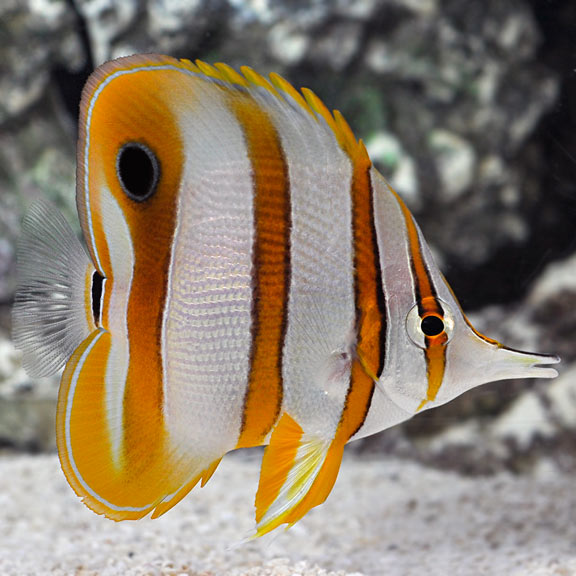
Copperband Butterflyfish (Chelmon rostratus) When adding live predators to your aquarium to eat Bristle Worms, recognize that results aren’t guaranteed. Although they may have a propensity to eat Bristle Worms, they are individuals and may not be interested in doing so or may pick at them and consume them as a snack rather than hunting them down as their primary food source. Hobbyists should keep in mind that they will need to provide food for the aquatic life that eats Bristle Worms as a primary food source after they eat all the Bristle Worms. How do I prevent Bristle Worms?
Most importantly, quarantine all live rock and coral frags before introducing them to your aquarium. Other preventative measures include not overfeeding your tank inhabitants and keeping your aquarium clean. |
|
|




